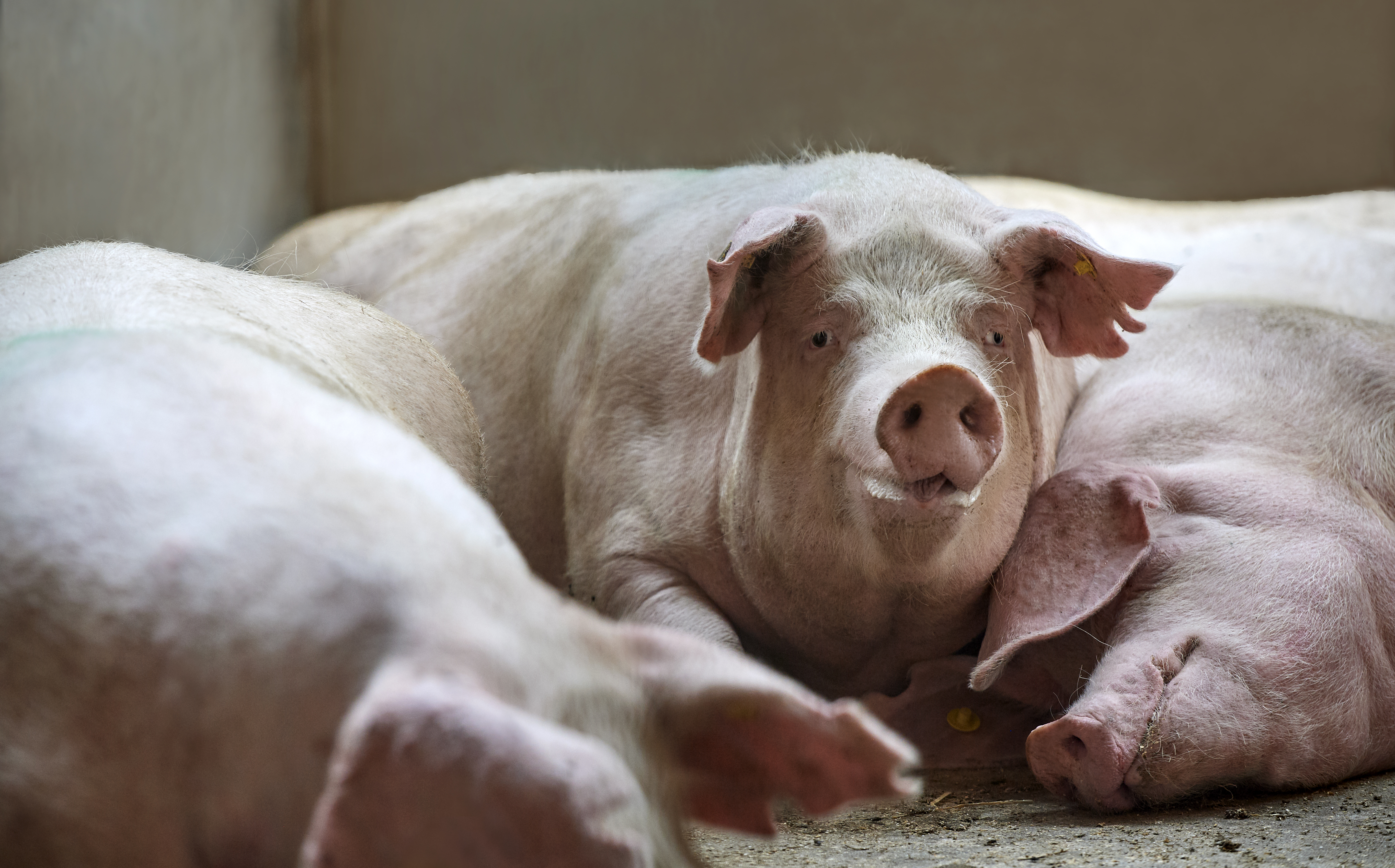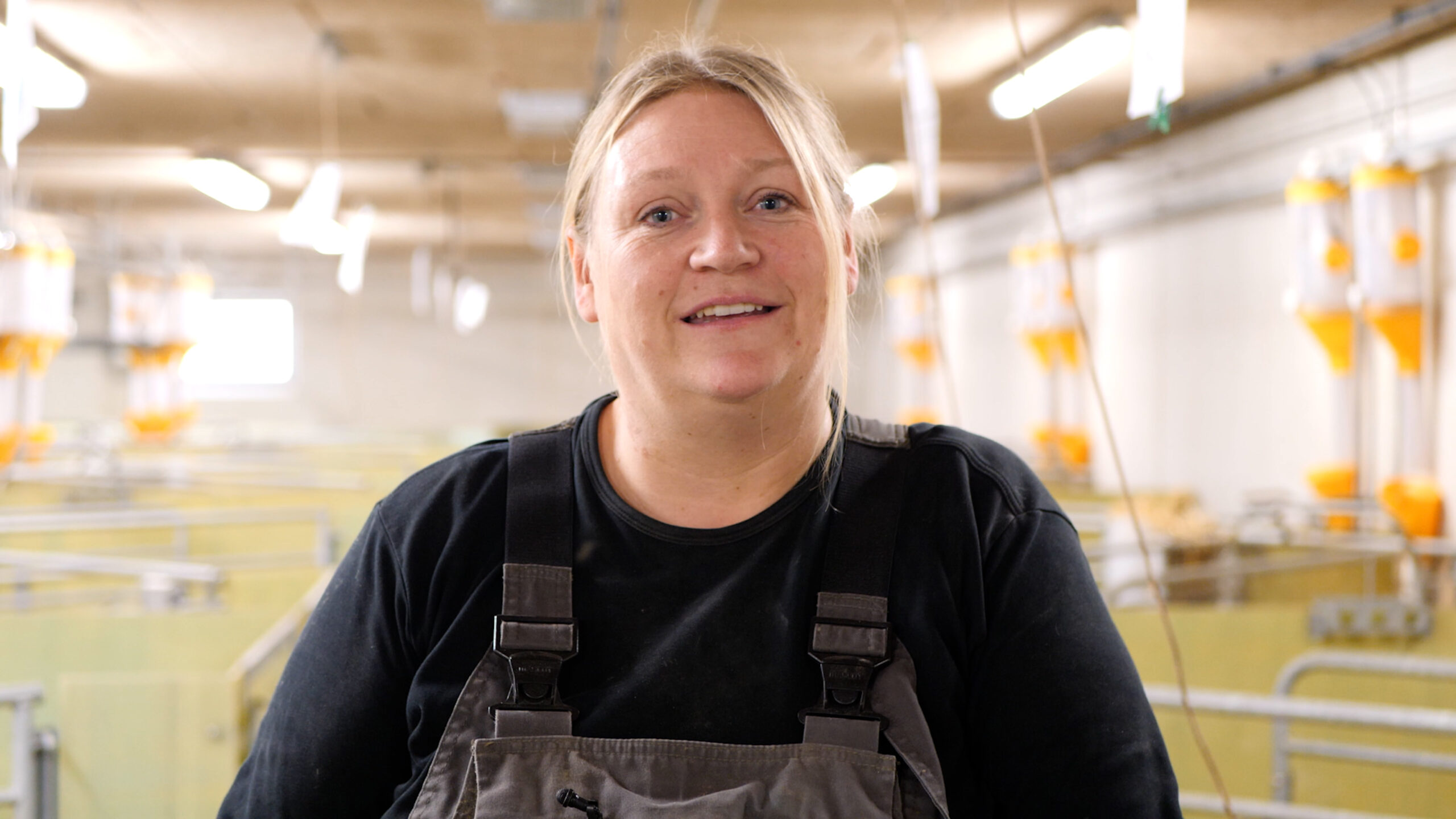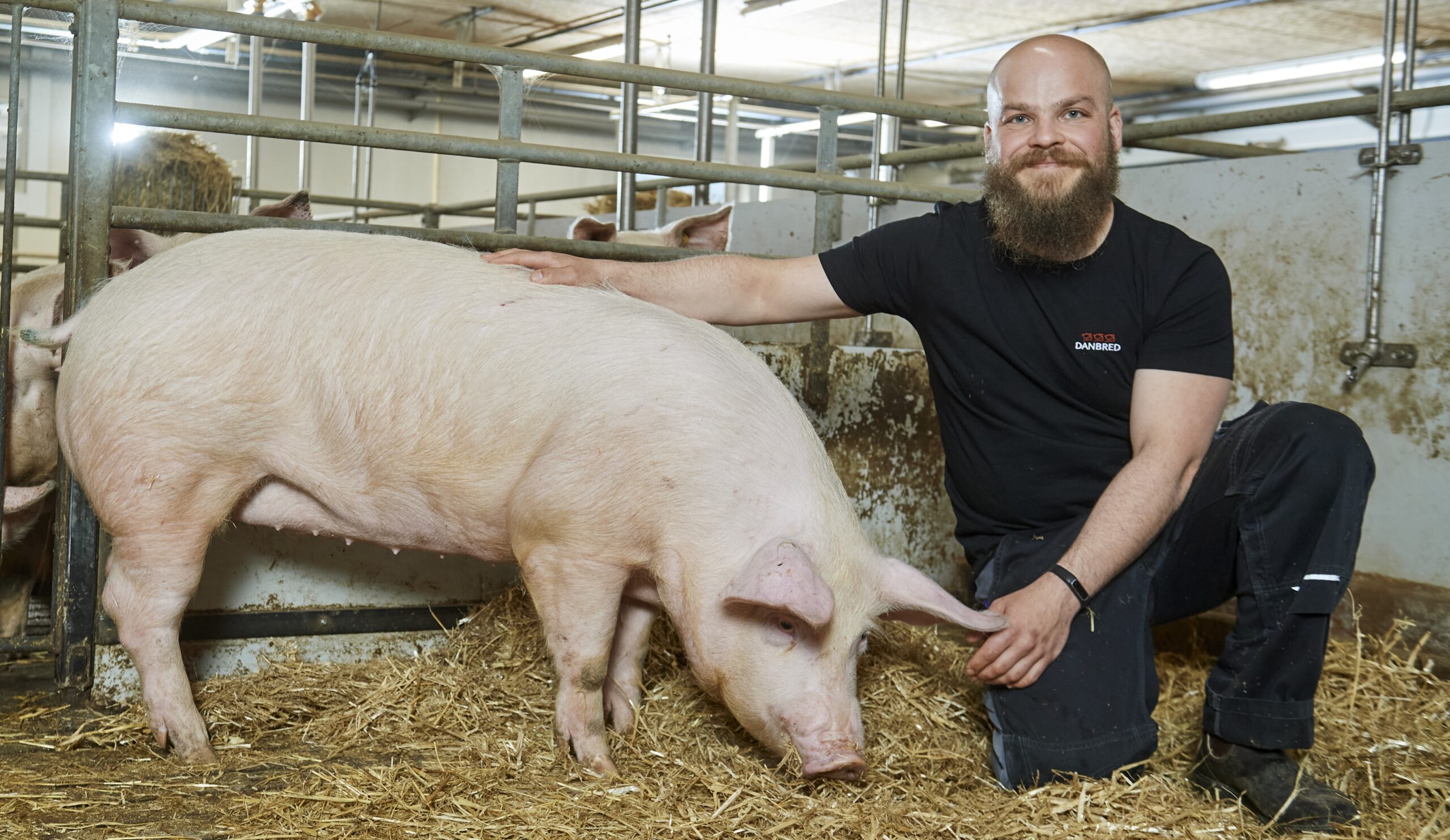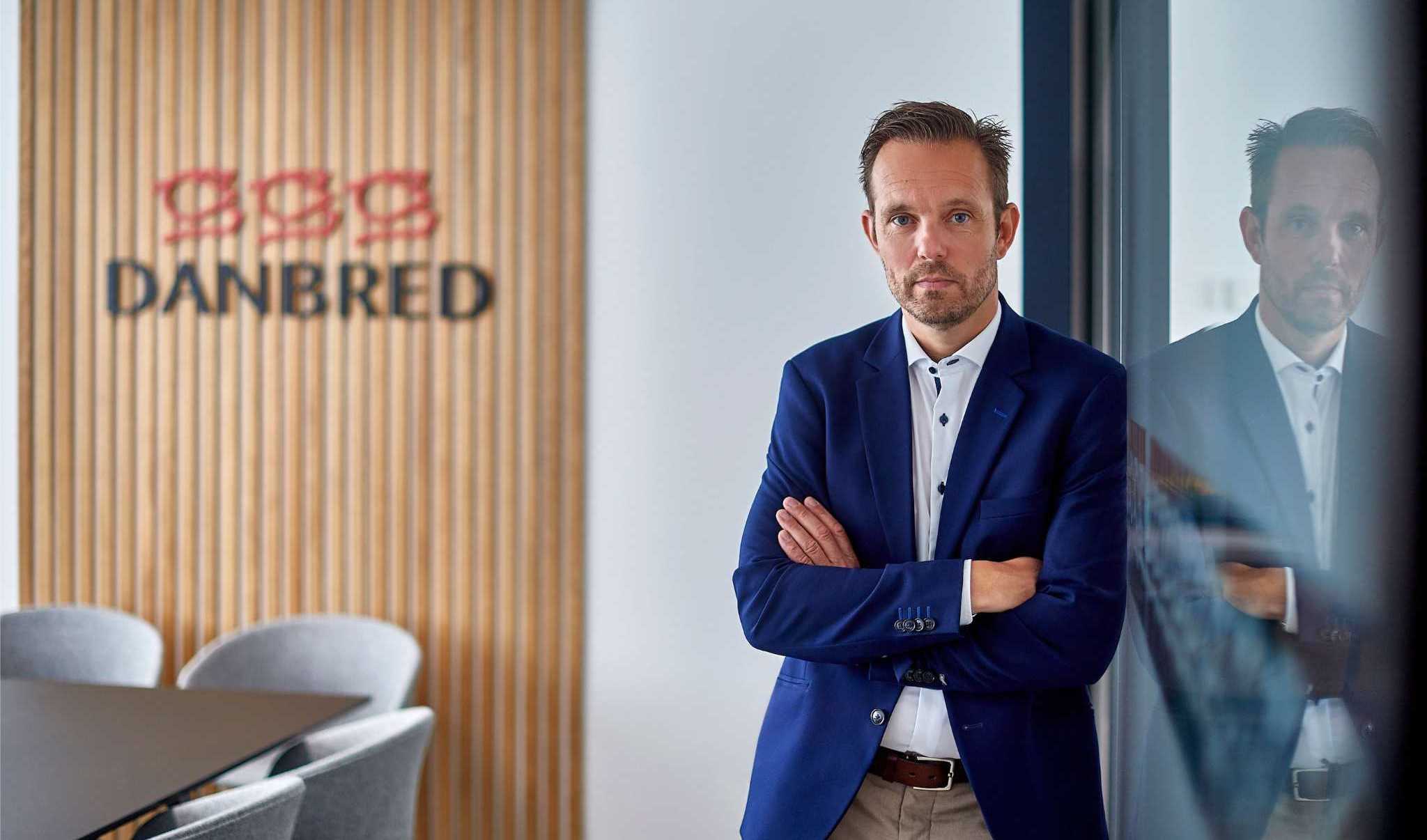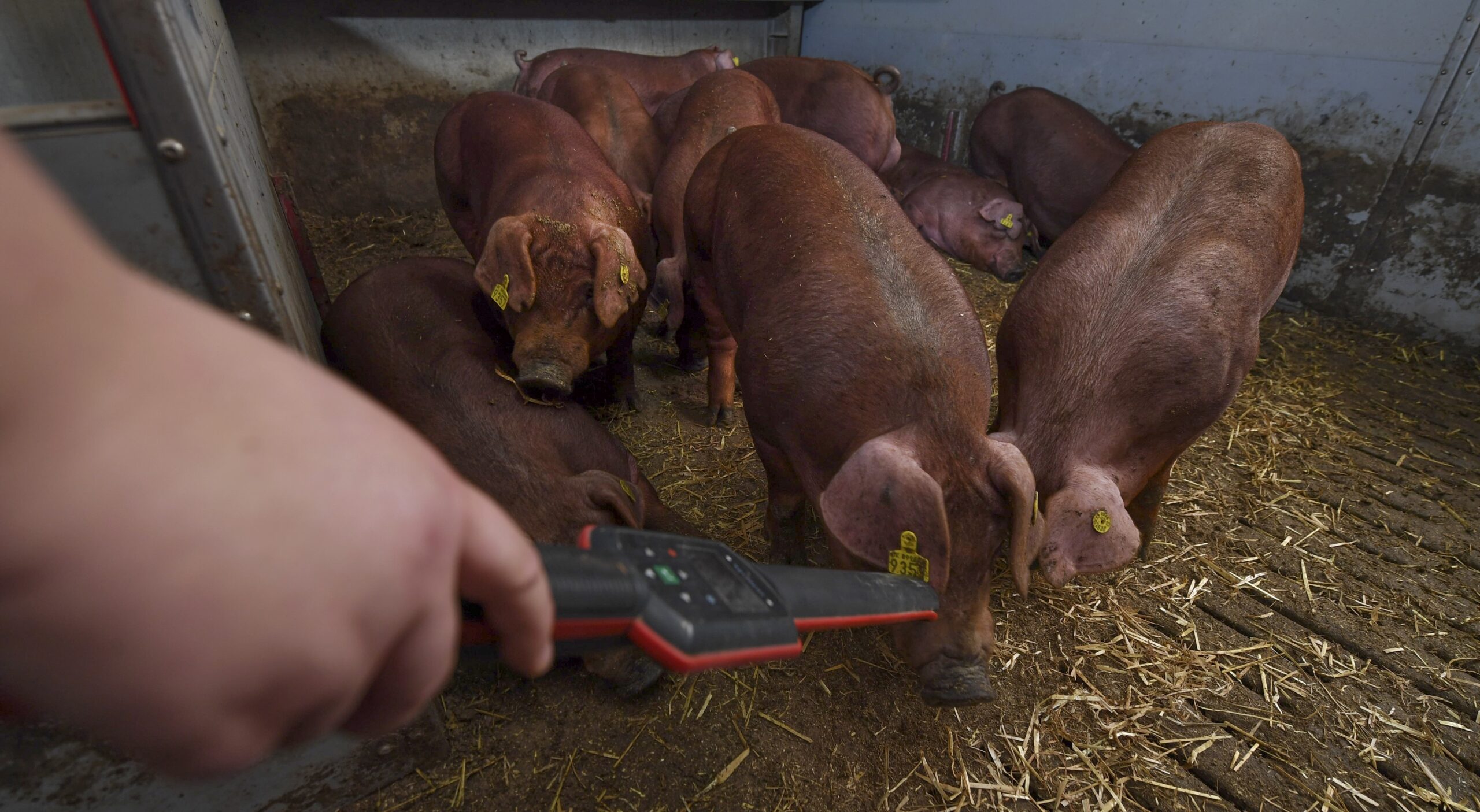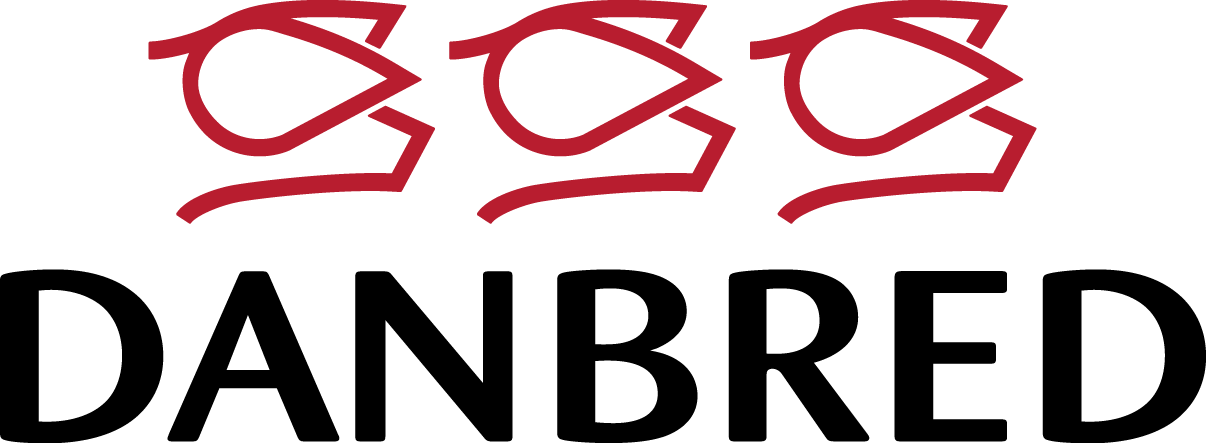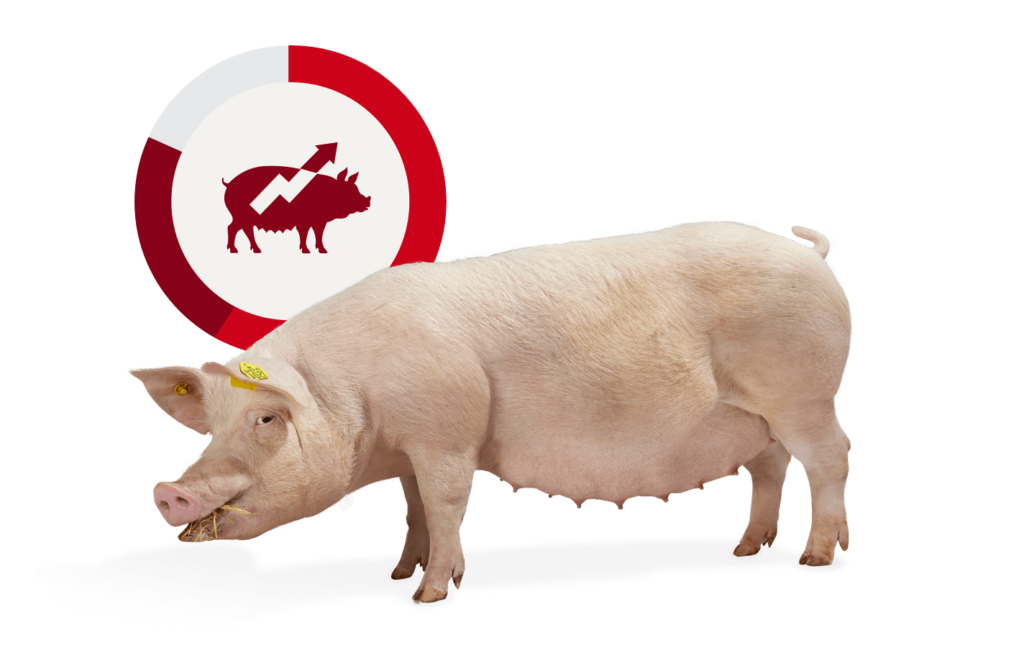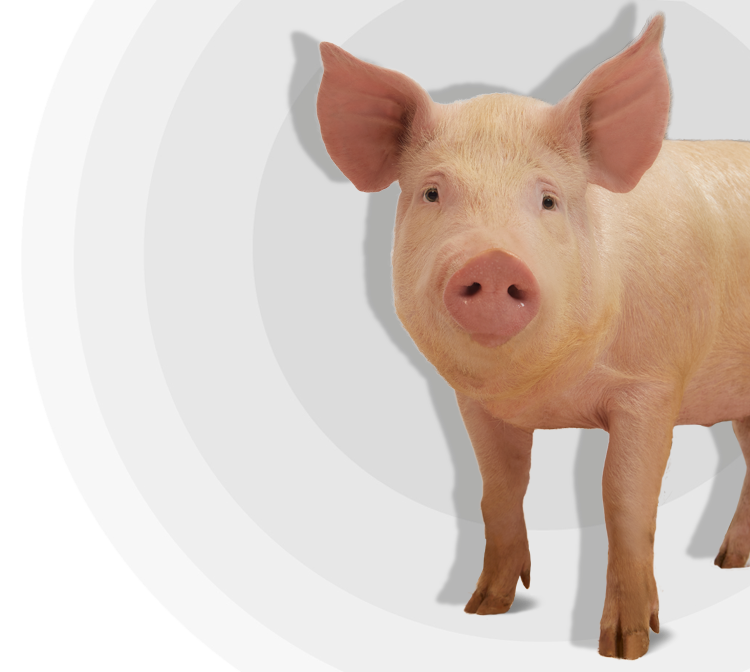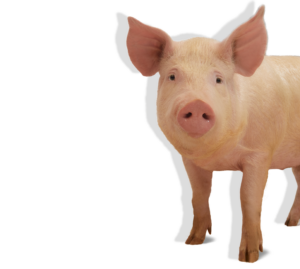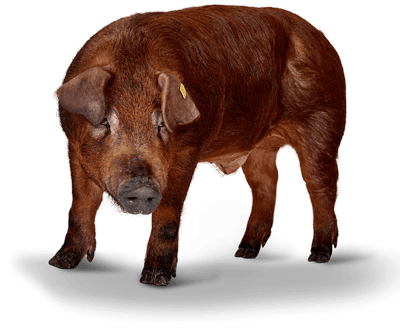SEGES Breeding & Genetics currently focuses on how pig production can get more robust production sows. Sow longevity is already part of the DanBred breeding goal. Now, a PhD project examines how sow longevity can be further increased – to benefit both the bottom line and animal welfare.
Breeding for sow longevity influences the sows’ productive lives and, thereby, the sows’ survival. Increased survival results in a better contribution margin, but increased survival is also expected to positively affect animal welfare, as potentially underlying causes of mortality can be reduced. Together with Aarhus University, SEGES Breeding & Genetics has examined how sow longevity can be improved with measurements from production herds using DanBred genetics. So far, a preliminary breeding analysis of longevity in production sows, which are hybrids, has been performed, and methods for calculating breeding values based on production data have been developed.
”Results from the PhD project clearly illustrates how heterosis from DanBred Yorkshire and DanBred Landrace contributes to improved sow longevity by increasing the age of the sows at the time of culling. Furthermore, we have demonstrated that data from production herds are applicable when breeding for sow longevity,” says PhD student Bjarke Grove Poulsen from SEGES Breeding & Genetics.
He expects that when the project is completed, there will be enough new knowledge and methodology to significantly improve breeding for sow longevity in the DanBred breeding programme.
|
In the analysis, three potential longevity traits were examined: 1) ’age at the time of culling’, 2) whether a sow in a production herd was mated after its first litter, and 3) whether a sow in a multiplier herd was mated after its first litter.
|
Breeding for sow longevity in production herds
First and foremost, the project results show a genetic variation for the longevity traits in both production herds and multiplier herds. This is an essential prerequisite for improving these traits through breeding. However, it is one thing to have a genetic variation; and another thing entirely to find genetically superior pigs. That partly depends on heredity. In this regard, the study showed, a low heredity the traits in the production herds but high heredity for the traits in the multiplier herd (see table 1).
| Herd type | Trait | Heredity – DanBred Landrace |
Heredity – DanBred Yorkshire |
| Production herd |
Age at time of culling
|
6% | 5% |
| Production herd |
The probability that a sow will be mated after its first litter
|
2% | 1% |
| Multiplier herd |
The probability that a sow will be mated after its first litter
|
21% | 29% |
Table 1: Heredity for DanBred Landrace and DanBred Yorkshire expressed as a percentage for the three traits analysed in the first part of the PhD project.
The analysis also shows that longevity is not the same trait across herd types. In production herds, the trait ’age at the time of culling’ had a stronger genetic correlation to ’the probability that a sow will be mated after its first litter’ (81-86%). By contrast, ’age at the time of culling’ had a weaker genetic correlation to ’the probability that a sow will be mated after its first litter’ when measured in multiplier herds (17-24%).
Thus, the results show that it is easier to generate genetic progress for the traits in multiplier herds. However, because the genetic correlation to ’age at the time of culling’ is not overly high, it can be better to use data from production herds or both.
Heterosis increases sow longevity
In addition to the potential of using production data, the PhD project also showed that heterosis contributes to increased sow longevity in both F1 hybrids and zigzag sows. The results show that an F1 hybrid between DanBred Landrace and DanBred Yorkshire (DanBred F1, LY, YL), which benefits from 100% heterosis, is 143 days older at the time of culling due to heterosis, and a zigzag sow, which has 66.7% heterosis, is 95.6 days older at time of culling on average due to heterosis. The average age at the time of culling among sows in the study was 858 days, including the effect of heterosis on longevity.
”Heterosis has a significant impact on sow longevity. The results serve as a reminder of how important a contributor heterosis is to your production,” Bjarke Grove Poulsen explains.
DanBred’s 3-way crossbreeding system, which, in addition to DanBred Yorkshire and DanBred Landrace, also includes DanBred Duroc, allows pigs to express 100% heterosis in sow herds as well as finisher herds.
|
Heterosis, also known as Hybrid Vigour, is defined by crossbreds performing better than expected based on their share of parental breeds.
|

